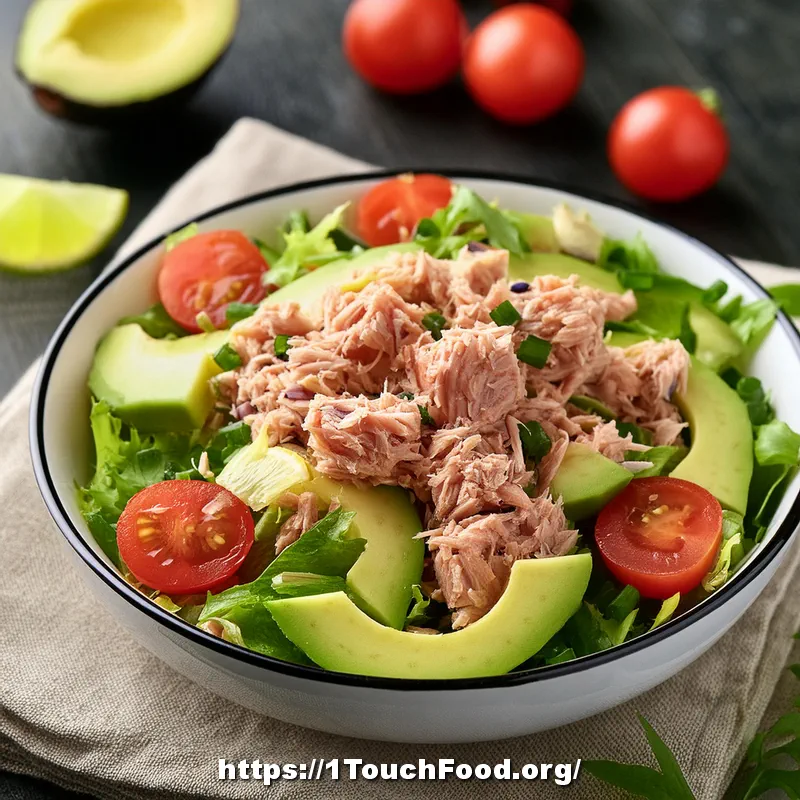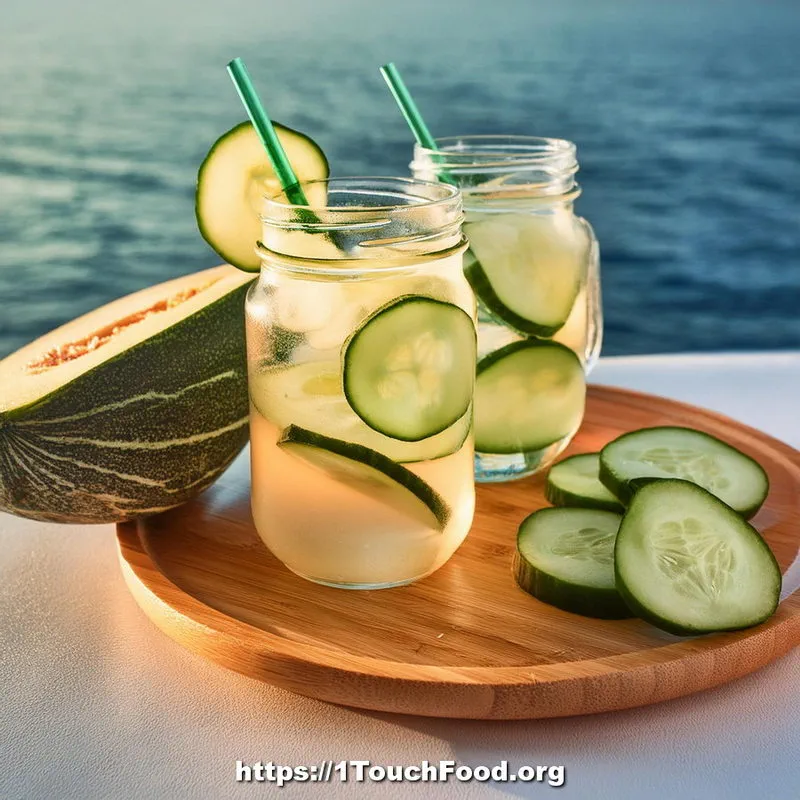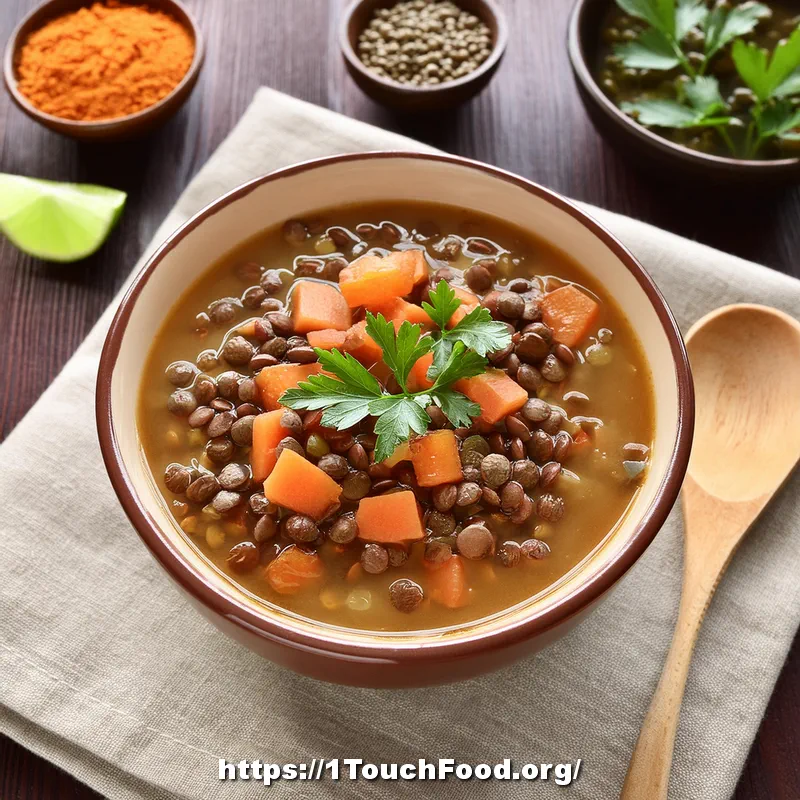Master Radio Cooking: Top Audio Recipes & Tips 2025
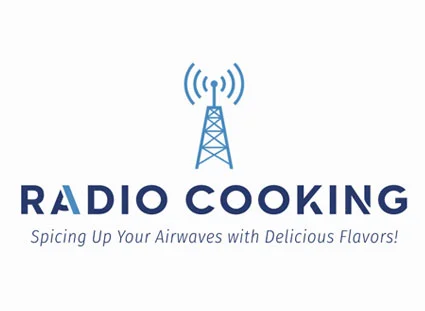
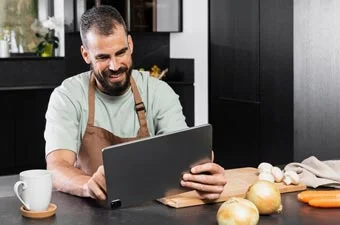
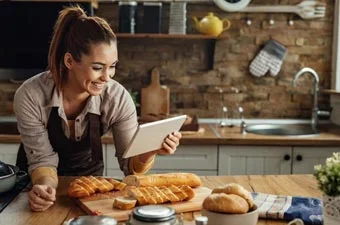


Table of Contents
ToggleIntroduction to Radio Cooking
Imagine tuning into your favorite radio station and being greeted not by music but by the sizzle of a pan, the chop of fresh herbs, and a warm voice guiding you through a recipe for maple-glazed salmon. This is the charm of radio cooking, a uniquely Canadian phenomenon that blends culinary arts with storytelling over the airwaves. Originating in Canada, radio cooking has captivated listeners by transforming kitchens into creative hubs where anyone can become a home chef.
From coast to coast, Canadian radio cooking shows offer a delightful mix of recipes, cultural insights, and practical tips, making them a beloved part of the nation’s media landscape. In this article, we’ll explore the essence of Online audio cooking, its benefits, and why it’s a must-listen for food enthusiasts. Whether you’re a seasoned cook or a curious beginner, radio cooking from Canada promises to inspire your next meal.
What Is Radio Cooking?
Defining the Concept
Online audio cooking refers to culinary-focused radio programs where hosts share recipes, cooking techniques, and food-related stories with listeners. Unlike television cooking shows, these culinary radio shows rely on vivid descriptions and engaging narratives to paint a picture of the cooking process. In Canada, Online audio cooking has deep roots, with programs like CBC’s The Food Show and community radio stations broadcasting recipes tailored to local tastes. These shows often feature Canadian ingredients—think wild blueberries, bison, or Atlantic cod—and celebrate the country’s multicultural cuisine.
A Canadian Twist
What sets Canadian radio cooking apart is its emphasis on regional diversity. From Québécois poutine to Indigenous bannock, hosts weave cultural narratives into their recipes, making each episode a lesson in heritage as much as cooking. Cooking broadcasts Canada often highlight sustainable practices, such as foraging or farm-to-table cooking, reflecting the nation’s commitment to environmental stewardship. This unique blend of education and entertainment makes Online audio cooking a staple for Canadian listeners.
Benefits of Tuning into Radio Cooking
Accessibility and Convenience
One of the standout features of radio cooking is its accessibility. Unlike visual media, culinary radio shows require no screen time, allowing you to listen while driving, cleaning, or even cooking. This hands-free format is perfect for multitasking Canadians who want to learn new recipes without pausing their day. With podcasts and on-demand streaming, cooking broadcasts Canada are available anytime, anywhere, making it easy to catch up on missed episodes.
Inspiration for Home Cooks
Online audio cooking sparks creativity in the kitchen. Hosts share step-by-step instructions, often with variations to suit dietary needs, such as gluten-free or vegan options. For example, a show might guide you through a classic Maritime lobster roll while suggesting plant-based alternatives. The storytelling aspect—think anecdotes about a grandmother’s tourtière recipe—adds emotional depth, motivating listeners to try new dishes. Canadian radio cooking also introduces obscure ingredients, like saskatoon berries, expanding your culinary horizons.
Community and Connection
Beyond recipes, Online audio cooking fosters a sense of community. Many shows invite listeners to call in with questions or share their own cooking stories, creating a dialogue that feels personal. In Canada, where food is a cultural mosaic, culinary radio shows celebrate diversity by featuring dishes from Indigenous, French, and immigrant communities. This inclusivity strengthens listeners’ connection to their heritage and neighbors, making Online audio cooking a cultural bridge.
The Unique Appeal of Canadian Radio Cooking
Celebrating Canada’s Culinary Diversity
Canadian radio cooking stands out for its ability to showcase the nation’s rich culinary tapestry. From the hearty seafood chowders of the Maritimes to the spicy fusion dishes of Vancouver’s immigrant communities, Online audio cooking programs highlight recipes that reflect Canada’s multicultural identity. Shows like The Main Ingredient on CBC Radio often feature guest chefs who bring flavors from Indigenous, Acadian, or South Asian traditions, making every episode a cultural exploration.
For instance, a recent episode might guide listeners through preparing a Métis-inspired venison stew, complete with tips on sourcing local ingredients. This focus on diversity not only educates listeners but also elevates Online audio cooking as a platform for inclusivity. By celebrating regional specialties, these programs inspire home cooks to experiment with dishes they might not encounter otherwise, such as Newfoundland’s toutons or Alberta’s bison burgers.

Interactive and Community-Driven Content
One of the key benefits of Canadian radio cooking is its interactive nature. Many culinary radio shows encourage listener participation through call-ins, social media polls, or recipe contests. For example, a show might ask listeners to share their twist on a classic Canadian dish like poutine, fostering a sense of community among food enthusiasts. This engagement extends to digital platforms, where cooking broadcasts Canada often share bonus content like recipe cards or video snippets of techniques described on air. The interactive format ensures that Online audio cooking remains relevant, as hosts adapt to listener feedback, such as requests for plant-based recipes or budget-friendly meals. This dynamic connection makes Canadian radio cooking a vibrant part of the nation’s food culture.
The Evolution of Culinary Radio Shows in the Digital Age
From Airwaves to Podcasts
The rise of digital media has transformed culinary radio shows into a global phenomenon. While traditional Online audio cooking relied on live broadcasts, today’s cooking broadcasts Canada are often available as podcasts, allowing listeners to tune in at their convenience. Platforms like Spotify and Apple Podcasts host shows such as Canada’s Food Podcast, which blends Online audio cooking with storytelling about local farmers and chefs. This shift has expanded the reach of Canadian radio cooking, attracting international listeners curious about dishes like Nanaimo bars or butter tarts. Podcasts also allow for deeper dives into topics like sustainable cooking or Indigenous food sovereignty, making culinary radio shows a rich resource for education and inspiration.
Technology Enhancing the Experience
Modern cooking broadcasts Canada leverage technology to enhance the listener experience. Many shows now offer companion apps or websites where recipes are posted in real-time, complete with ingredient lists and nutritional information. For example, an Online audio cooking episode might describe a recipe for maple-glazed trout while directing listeners to a website for a printable version. Some programs even integrate augmented reality features, allowing listeners to visualize plating techniques via smartphone apps. This blend of traditional storytelling with modern tools ensures that culinary radio shows remain engaging and accessible, appealing to tech-savvy cooks and traditionalists alike.
The digital evolution has also made it easier for Cooking techniques via radio to highlight niche topics, such as foraging for wild leeks or pairing Canadian wines with local dishes.
Radio Cooking Programs
| Start Time | End Time | Topic |
| 10:00 | 10:15 | Quick Cooking Tips |
| 10:15 | 10:30 | Breakfast Recipes |
| 10:30 | 10:45 | Cooking with Limited Ingredients |
| 10:45 | 11:00 | Hot Beverage Culinary |
| 11:00 | 11:15 | Delicious Desserts |
| 11:15 | 11:30 | Your Preferred Topic |
| 11:30 | 11:45 | Cooking with Meat |
| 11:45 | 12:00 | Healthy Cooking Tips |
| 12:00 | 12:15 | Light and Low-Calorie Dishes |
| 12:15 | 12:30 | Mexican Cuisine |
| 12:30 | 12:45 | Cooking with Vegetables |
| 12:45 | 13:00 | Pizza Recipes |
| 13:00 | 13:15 | Delicious Sandwiches |
| 13:15 | 13:30 | Seafood Cooking Recipes |
| 13:30 | 13:45 | Indian Cuisine |
| 13:45 | 14:00 | Cooking with Fruits |
| 14:00 | 14:15 | Cake and Pastry Baking Tips |
| 14:15 | 14:30 | Special Desserts for Parties |
| 14:30 | 14:45 | Cooking with Herbs and Spices |
| 14:45 | 15:00 | Traditional Dishes |
| 15:00 | 15:15 | French Cuisine |
| 15:15 | 15:30 | Cooking with Pasta |
| 15:30 | 15:45 | Grilled Recipes |
| 15:45 | 16:00 | Farewell Radio Message |
Radio Cooking vs. Other Culinary Media
How Does Radio Cooking Compare?
Online audio cooking offers a unique experience compared to other culinary media like TV shows, YouTube channels, or cookbooks. While visual platforms provide stunning visuals, Canadian radio cooking excels in storytelling, accessibility, and imagination. Without relying on screens, culinary radio shows engage listeners through vivid descriptions, allowing them to visualize dishes like a creamy Québec pea soup. This format is ideal for multitaskers who can listen anywhere, from commutes to kitchens. Below is a comparison table highlighting key differences:
Feature | Radio Cooking | TV Cooking Shows | YouTube Tutorials | Unique Feature |
|---|---|---|---|---|
Accessibility | High (audio-only, hands-free) | Moderate (requires screen) | High (on-demand, visual) | Audio-only freedom |
Engagement | Storytelling, listener interaction | Visual demonstrations | Comments, subscriptions | Immersive narratives |
Cost | Free or low-cost (podcasts, radio) | Cable/streaming subscriptions | Free (ads) or premium | Budget-friendly |
Cultural Focus | Strong (e.g., Indigenous, regional recipes) | Varies by show | Global, less localized | Canadian heritage |
Learning Curve | Moderate (requires imagination) | Low (visual cues) | Low (step-by-step visuals) | Creative challenge |
Why Radio Cooking Stands Out
The table shows that cooking broadcasts Canada offer unmatched accessibility and cultural depth. Unlike TV or YouTube, Online audio cooking fosters a personal connection through voice and stories, making it a beloved medium for Canadians seeking authentic culinary experiences.
How to Get Started with Radio Cooking
Practical Tips for Listeners
Ready to dive into Canadian radio cooking? Here are practical tips to make the most of culinary radio shows:
Find the Right Show: Explore stations like CBC Radio or community broadcasters for cooking broadcasts Canada. Podcasts like The Food Podcast or Canada’s Table are great starting points. Check schedules or apps like TuneIn for live broadcasts.
Prepare Your Kitchen: Before listening, gather basic ingredients mentioned in episode descriptions (e.g., maple syrup for a Canadian dessert). Keep a notebook or app handy to jot down recipes as hosts share them.
Engage Actively: Many radio cooking shows invite listener input. Follow their social media to participate in recipe contests or ask questions. For example, share your take on a classic Nanaimo bar via X or email.
Experiment with Recipes: Start with simple dishes like Maritime fish cakes or bannock. Cooking techniques via radio often includes variations for dietary needs, so adapt recipes to suit your preferences.
Explore Digital Resources: Visit show websites for printable recipes or bonus content. Some cooking broadcasts Canada offer apps with features like ingredient calculators.
Building Confidence
Start with one episode a week, cooking along as you listen. Over time, you’ll gain confidence to tackle complex dishes like tourtière or salmon gravlax, all while enjoying the storytelling of radio-cooking.
FAQs about Radio Cooking
Common Questions Answered
What is radio cooking?
Cooking techniques via radio involves audio programs where hosts share recipes, cooking tips, and food stories. Canadian radio cooking emphasizes local ingredients and cultural dishes, like poutine or saskatoon berry pie.
Where can I find Canadian radio cooking shows?
Tune into CBC Radio, community stations, or podcasts like The Main Ingredient. Apps like Spotify or Apple Podcasts host cooking broadcasts Canada for on-demand listening.
Do I need cooking experience to follow along?
No! Culinary radio shows cater to all skill levels, offering clear instructions and beginner-friendly recipes like salads or soups.
Are recipes from radio cooking shows reliable?
Yes, hosts often test recipes and provide detailed steps. Websites for Canadian radio-cooking shows typically offer written versions for clarity.
Can I interact with radio cooking hosts?
Absolutely! Many cooking broadcasts Canada encourage call-ins, emails, or social media engagement, fostering a community vibe.
Conclusion
Radio cooking from Canada is more than a culinary trend—it’s a celebration of culture, creativity, and community. From the storytelling of Canadian radio-cooking to the accessibility of culinary radio shows, this medium inspires home cooks to explore diverse flavors like Indigenous bannock or Maritime lobster rolls. With practical tips and digital tools, anyone can join the cooking broadcasts Canada movement. Whether you’re a novice or a seasoned chef, Cooking techniques via radio offers a flavorful journey that connects you to Canada’s vibrant food scene. This article is now complete, equipping you with everything needed to embrace this unique culinary art form.
Enjoy! See our YouTube. Quench your thirst and revitalize your body with our collection of refreshing and hydrating recipes. All athletes must pay close attention to their nutrition to achieve optimal performance. You can see Cookbook for athletes and Building a Bigger Butt. Its very useful for athletes.


